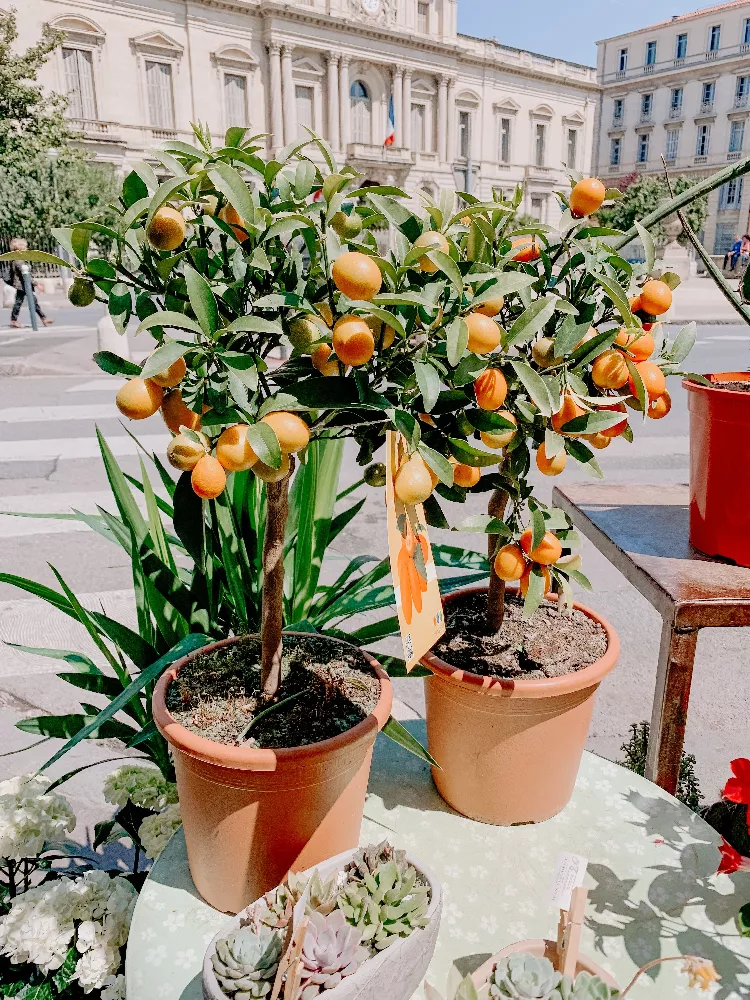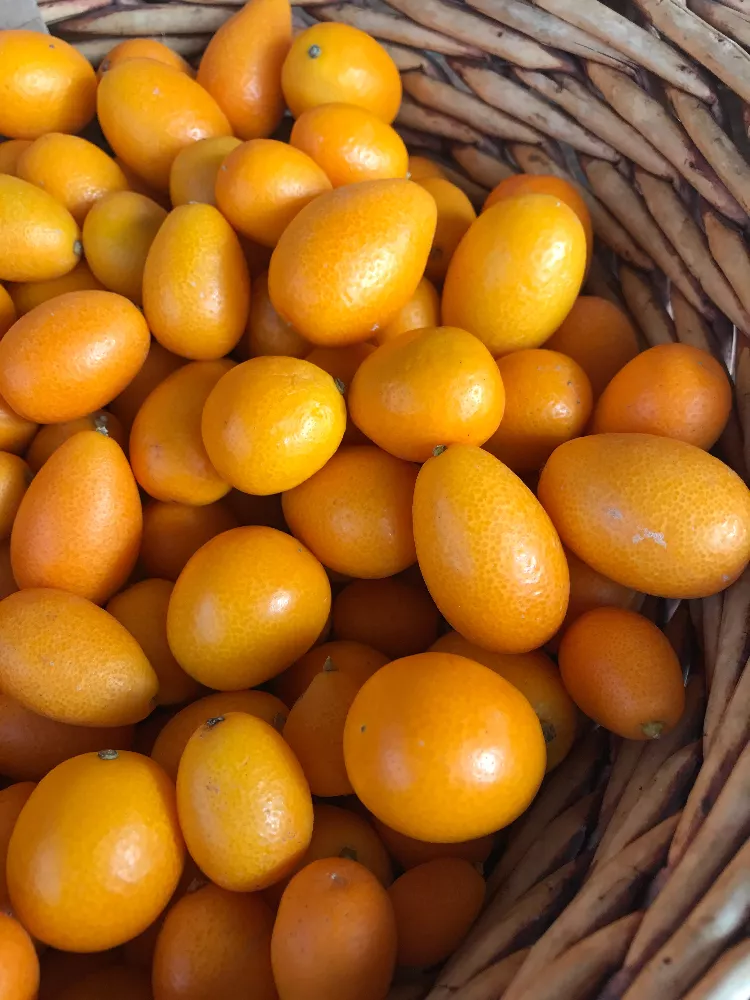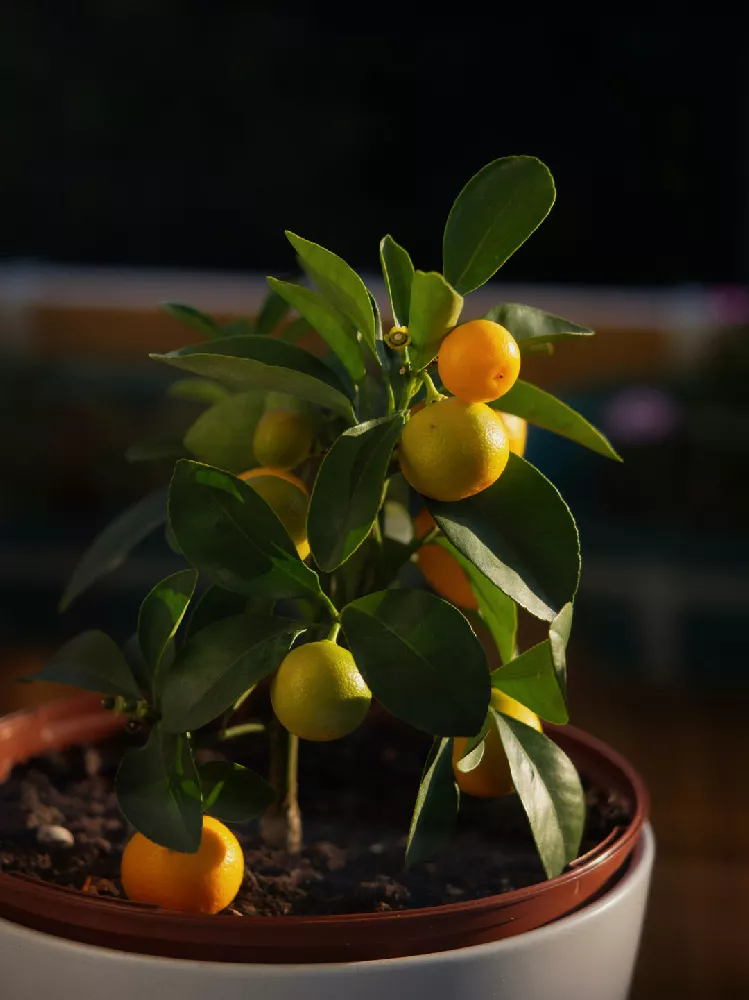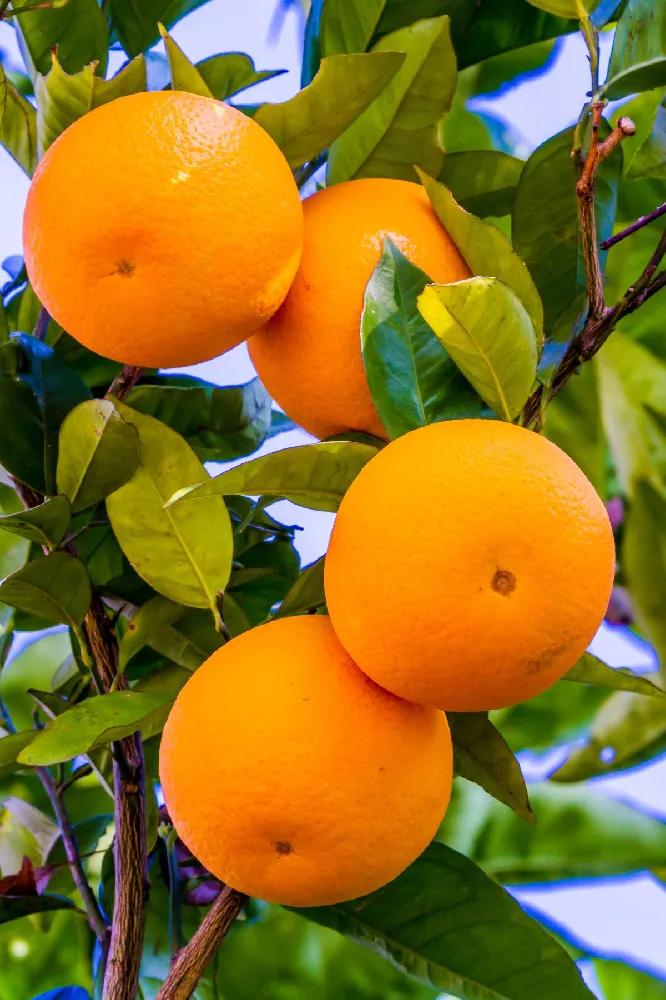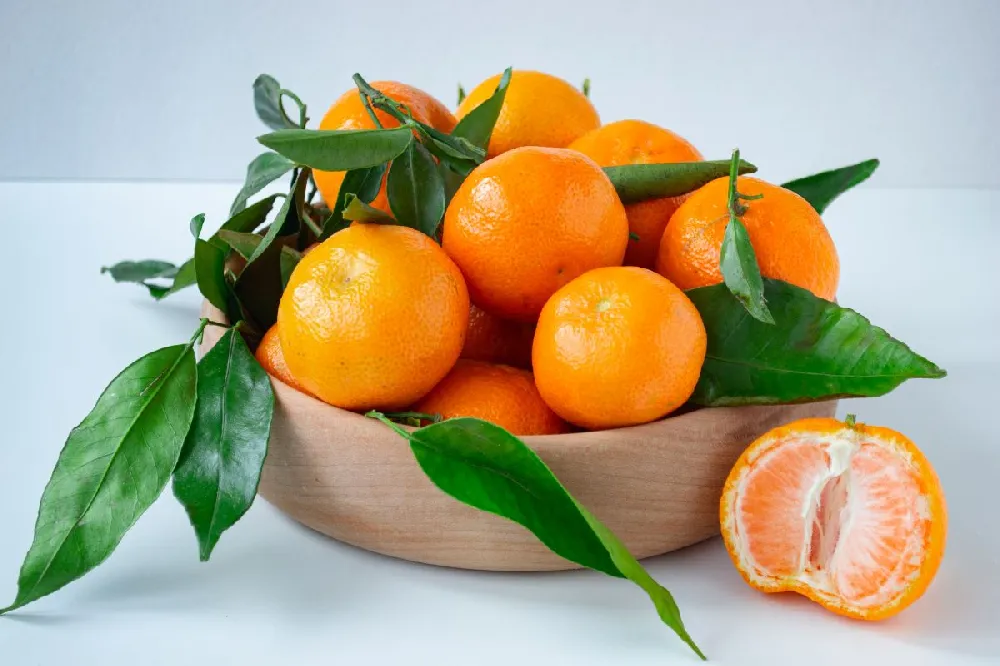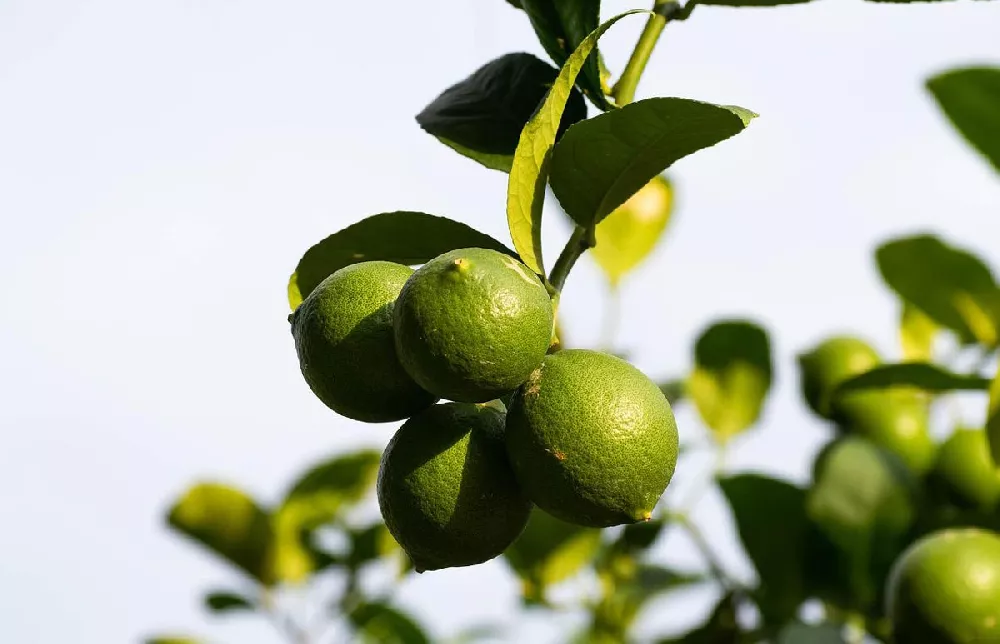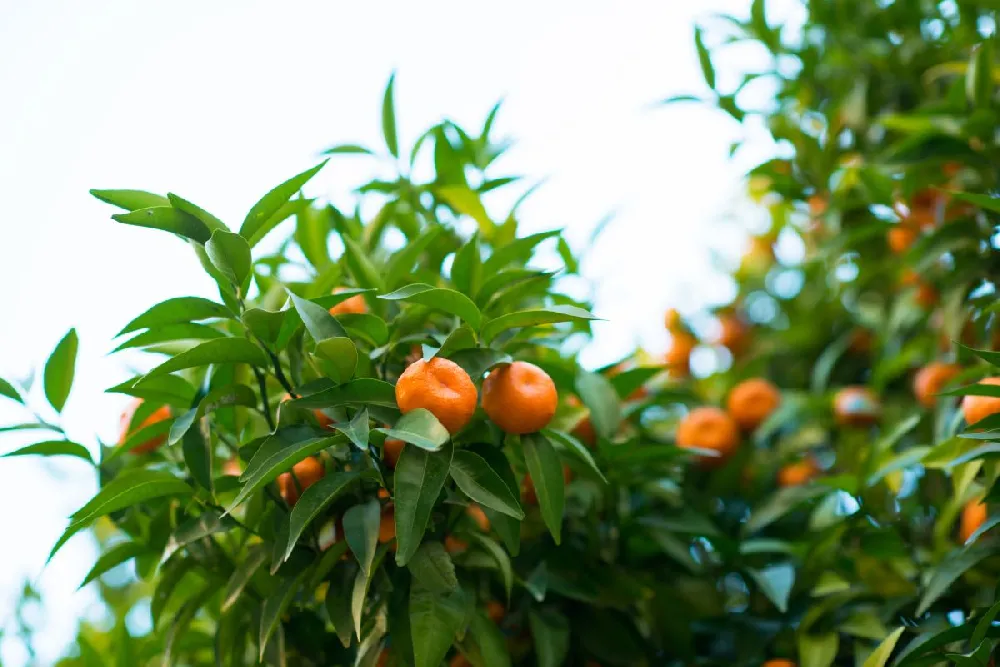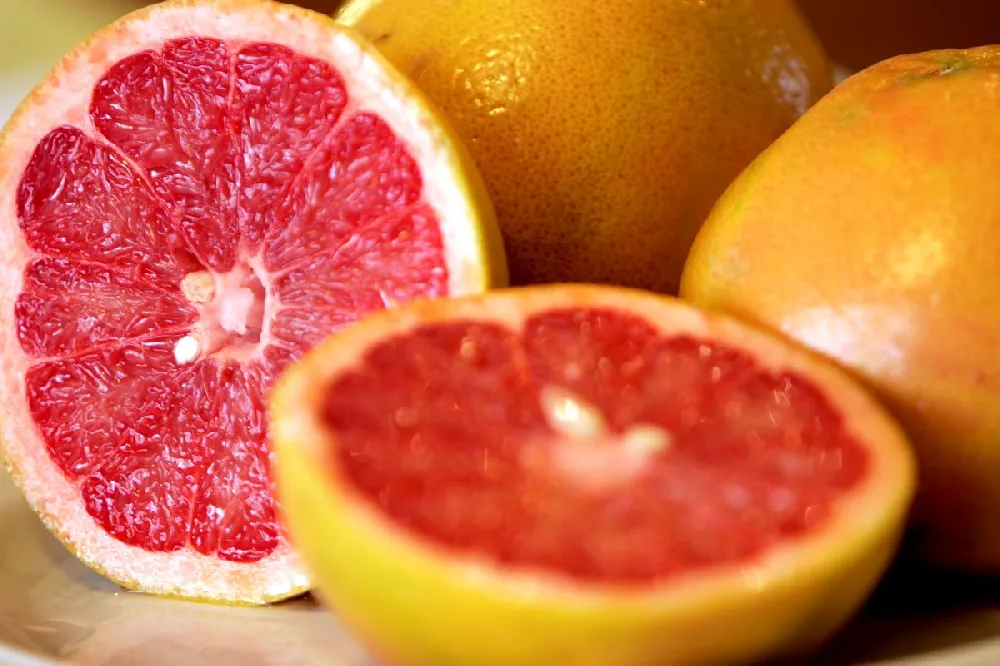- Home >
- Ornamental Plants >
- Nagami Kumquat
Nagami Kumquat for Sale - Buying & Growing Guide
- Ships in 1-2 days
- 1-Year Warranty Eligible
- Pots or accessories are not included unless specified in the product options.
Shipping Details:
Products shipped through FastGrowingTrees.com. Once your order is shipped, you’ll receive an email with a tracking number and estimated delivery date. Most orders will ship immediately.
Nagami kumquat (Fortunella margarita), also called the oval kumquat, is a citrus tree native to eastern Asia. The tree differs from other kumquat species in a few ways, including its oblong fruits and relatively small size. Nagami kumquat trees are not easily grown from seed, so they are commonly propagated through cuttings, air layering, and grafting from rootstocks. Other features of the tree include:
- Grows well outdoors in warmer regions, but it can also be grown indoors in containers.
- The fruits are often consumed whole and provide sweet and tart flavors.
- The trees are cold-tolerant down to -10 degrees Fahrenheit.
Plant Care
Sunlight

The Nagami kumquat needs full sun, at least 6 hours of direct light a day.
Watering
Water deeply and frequently in its first year; after that, water whenever the top two inches of soil are dry.
Fertilizing

Fertilize in spring with a product formulated for citrus trees.
Planting instructions
Nagami kumquat trees thrive when planted in full sun, but they will also tolerate partial shade throughout the day. In addition, they enjoy a high-humidity environment and may need to be misted daily or watered more frequently if planted in dry areas. When you’ve found your planting site, dig a hole as deep as the root ball and twice as wide. Place the tree upright in the hole and backfill with soil. Tamp the soil down gently and give the planting site a thorough watering, adding more soil if settling occurs.
Watering and nutrients
Keep your newly-planted tree well watered for the first few weeks as it establishes itself. Mature Nagami kumquat trees will not tolerate over-watering or poorly-draining soil. Whenever you water your trees, give them a long drink that penetrates into the root system. When the top two inches of soil become dry, your tree is ready for another deep watering. For faster tree growth and increased fruit production, apply a citrus fertilizer a few times per year, following the product-specific directions.
Pollination
Nagami kumquat trees are self-fertile and will produce fruit on their own. However, like most fruiting plants, adding more trees in the area will greatly increase fruit production. The trees will usually begin to flower in July and August, producing an abundance of five-petaled, fragrant white flowers with yellow stamen. The bloom season may differ and depends on climate and region. Bees are attracted to the citrus-scented nectar found in kumquat blossoms.
Pruning
Pruning your Nagami kumquat trees is recommended to promote their overall health. Use sharp, sterilized pruning shears and make your cuts at a 45-degree angle, being careful to avoid the tree’s thorns. When removing branches, choose those that are dead, dying, or diseased. If the foliage has become dense, remove some of the inside branches to promote airflow and allow the sun to permeate throughout. Remove suckers (stems or growths emerging from the root system) when you see them, as they are a waste of the tree’s valuable energy.
Pests and diseases
Nagami kumquat trees are intolerant of wet feet and may develop root rot. Adding excessive mulch around the trees can also promote the development of this fungal disease. Root rot can spread between trees, so you may need to remove an infected tree. Aphids and similar small insect pests may show up on kumquat trees, but they do not usually pose a threat. A heavy infestation of aphids may lead to black soot mold, which can hinder photosynthesis. If an infestation gets out of control, lady beetles or insecticidal soaps can be used as effective remedies.
Harvesting
Because of the bountiful harvests that the trees provide, kumquats have long been a symbol of prosperity throughout the world. Depending on the region, Nagami kumquats will usually ripen around December or January. Immature fruits are hard and green, while the ripe fruits are bright orange, tender, and juicy. They grow to the size of large grapes, and look like a miniature orange. Use small pruners or a knife to remove ripe fruits from the tree. Kumquats can be enjoyed fresh or refrigerated for a few weeks.
FAQs
Can Nagami kumquat trees be grown in containers?
Nagami kumquat trees are excellent candidates for indoor growing. Plant them in the largest container possible for maximum growth and fruit production. When watering your potted kumquat trees, continue pouring until water begins to drip out of the drainage holes. Wait until the top two inches of soil dries out before watering again. Due to the lack of wind, indoor Nagami kumquat trees may need to be hand-pollinated. This is easily accomplished with the help of a dry paintbrush — swirl the brush around the inside of each flower until they have all received a dose of pollen.
How big do Nagami kumquat trees grow?
Nagami kumquat trees are able to reach heights of 15 feet. They have a rounded canopy that grows five to seven feet wide. Many gardeners choose to prune their kumquat trees to a manageable height of around eight feet, allowing them to harvest the fruits with ease. The trees grow at a moderate rate, usually between one and two feet per year. When taken care of properly, a Nagami kumquat may live and produce fruit for over 50 years.
How long does it take for Nagami kumquat trees to produce fruit?
Nagami kumquat trees are able to produce flowers and fruit in the first year after planting. That being said, many gardeners may not see fruit for three or four years. To increase your tree’s chances of quick fruiting, make sure to plant it in ideal conditions: full sunlight and well-draining soil. Applying a citrus fertilizer can further increase the likelihood of a first-year fruiting. Look for a product with a higher percentage of phosphorus to promote fruit production. If your region has trouble meeting the tree’s humidity demands, you can mist it daily.
How do you eat a kumquat?
Kumquats are bright orange citrus fruits, similar in appearance to a small orange or lemon. They are usually eaten whole and unpeeled. The juices and interior of a kumquat are tart, while the peel is sweet and flavorful. Those who are allergic to other citrus fruits should avoid eating kumquats. For a sweeter, less-tart experience, try squeezing out the juice before eating the fruits. The seeds can be eaten, but many people choose to spit them out due to their bitter taste.
